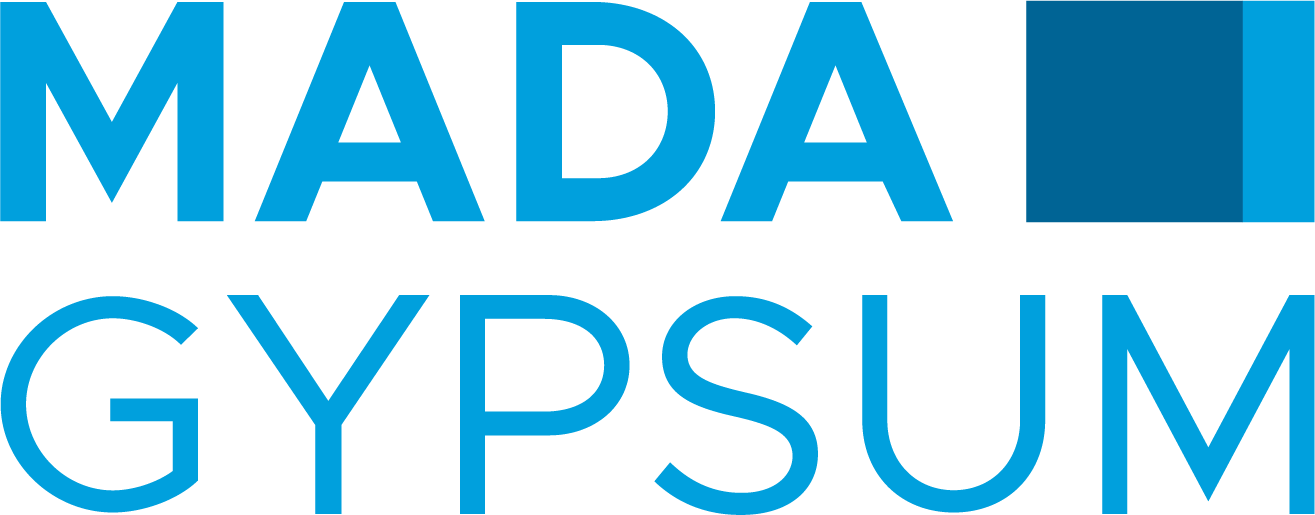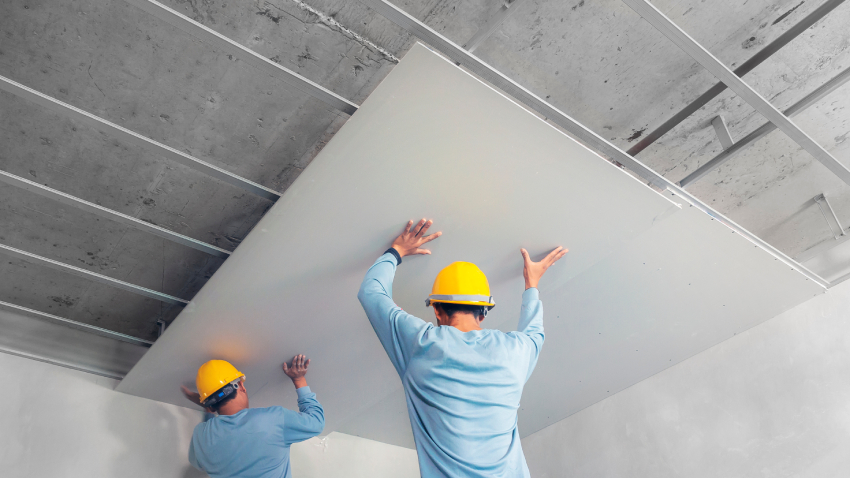Gypsum Board vs Fiber Cement Board For Exterior Applications
Here’s the thing about choosing exterior wall materials: everyone has an opinion, but most of those opinions are based on what worked 20 years ago. The construction industry moves slowly, which means a lot of contractors are still making material decisions based on outdated information.
Take the gypsum board versus fiber cement board debate. Walk onto any job site and you’ll hear passionate arguments for both sides. But the performance gap between these materials has narrowed significantly, and the decision often comes down to factors that have nothing to do with the materials themselves.
What are Gypsum Boards Used For?
Gypsum boards have come a long way from basic drywall. Modern gypsum boards for exterior applications aren’t the same product you’d use for interior walls. They’re engineered systems designed to handle moisture, temperature swings, and structural loads that would destroy standard drywall.
The confusion comes from the name. When people hear “gypsum board,” they think of interior drywall and assume it can’t handle exterior conditions. Exterior-grade gypsum boards use fiberglass mat facings instead of paper, water-resistant cores, and specialized edge treatments.
These boards work particularly well as substrates for EIFS and other cladding systems. They provide a smooth, consistent surface that’s easier to work with than many alternatives, and they can be installed quickly by crews who already know how to work with gypsum products.
The real advantage is workability. They cut cleanly, install with standard fasteners, and create smooth surfaces without the dust and mess associated with cement-based products.
What is Fiber Cement Board Good For?
Fiber cement boards are the heavy-duty option—literally. These boards are dense, durable, and designed to handle direct weather exposure in ways that gypsum boards typically aren’t.
The primary use for fiber cement boards is as a direct substrate for tile, stone, or other heavy cladding materials. The boards can handle the weight and moisture exposure that comes with these applications. They’re also used where direct weather exposure is expected, such as soffits and overhangs.
Fiber cement boards excel in high-moisture environments. They don’t support mold growth, won’t delaminate when wet, and maintain their structural properties even when saturated. This makes them ideal for pool areas, spas, and other areas where moisture exposure is inevitable.
The trade-off is installation complexity. Fiber cement boards require carbide-tipped blades to cut, create silica dust that requires special handling, and are heavy enough to require additional labor.
Gypsum Board: Advantages and Disadvantages
The biggest advantage of gypsum boards is speed of installation. Crews can install gypsum boards quickly using familiar tools and techniques. The boards are lightweight, cut easily, and create smooth surfaces that are ready for finishing without additional preparation.
Cost is another significant advantage. Gypsum boards typically cost less than fiber cement boards, both in material costs and installation labor. For projects where budget is a primary concern, this cost difference can be substantial.
The disadvantages center around moisture sensitivity and durability. While exterior-grade gypsum boards are much more moisture-resistant than interior products, they’re still not designed for direct weather exposure. They require proper building envelope design and installation to perform well long-term.
Fiber Cement Board: Advantages and Disadvantages
Fiber cement boards offer superior durability and moisture resistance. They can handle direct weather exposure, support heavy cladding materials, and provide long-term performance in challenging environments. For applications where durability is the primary concern, fiber cement boards are often the better choice.
The disadvantages are primarily related to installation complexity and cost. The boards are heavy, require special cutting tools, and create dust that requires careful handling. Installation takes longer and requires more specialized knowledge than gypsum board installation.
The reality is that both materials have their place in modern construction. The key is matching the material to the application requirements rather than trying to use one material for everything. Gypsum boards work well for protected applications where speed and cost are priorities. Fiber cement boards work better for exposed applications where durability is the primary concern.
Companies like Mada Gypsum have developed exterior-grade gypsum products that bridge some of the performance gap while maintaining the installation advantages that make gypsum boards attractive to contractors. Contact us for more information about Mada Exterior Wall Systems and more.

